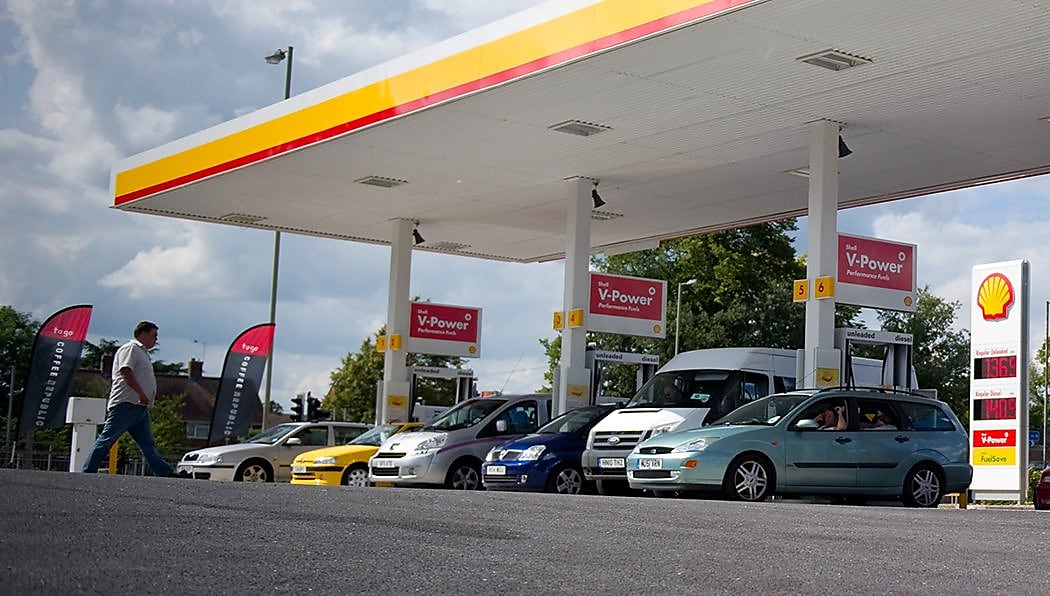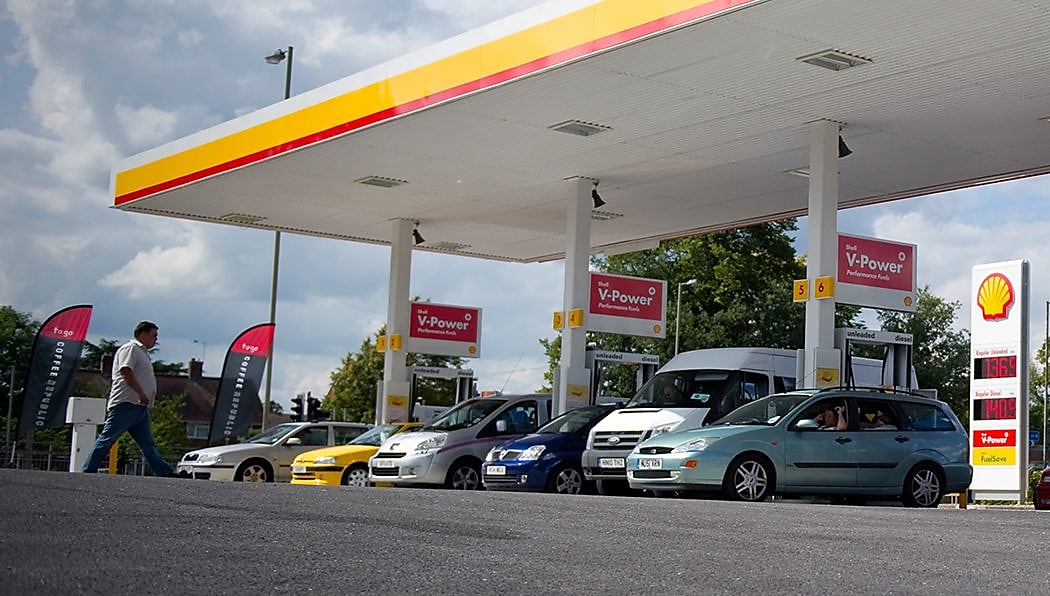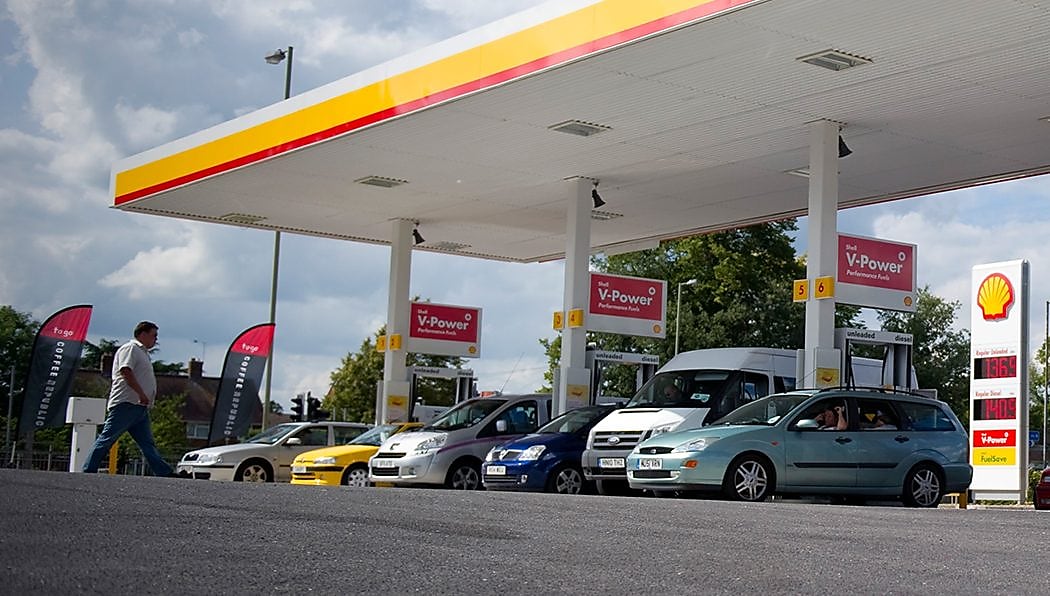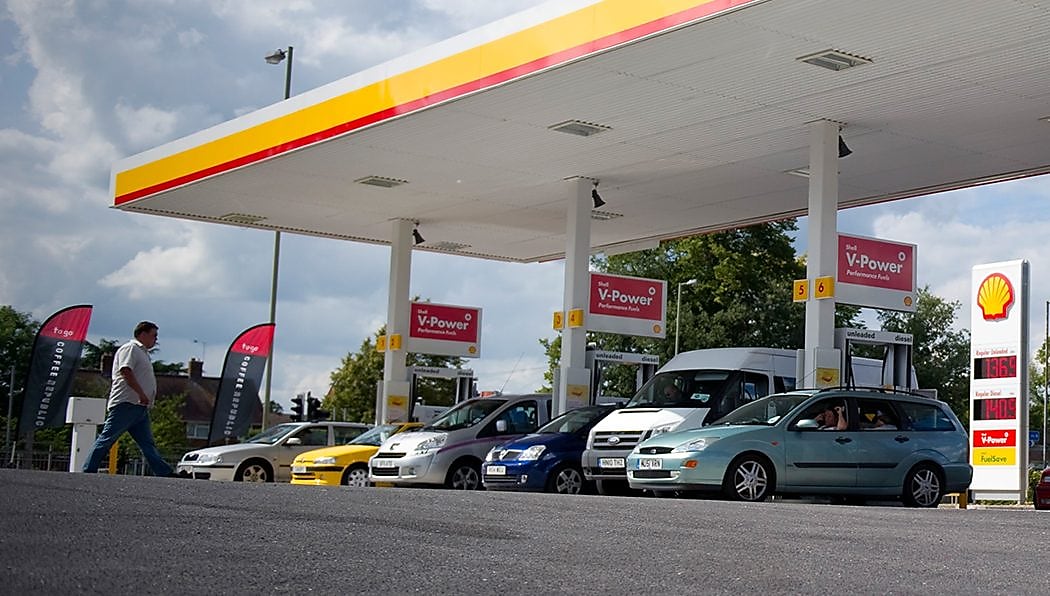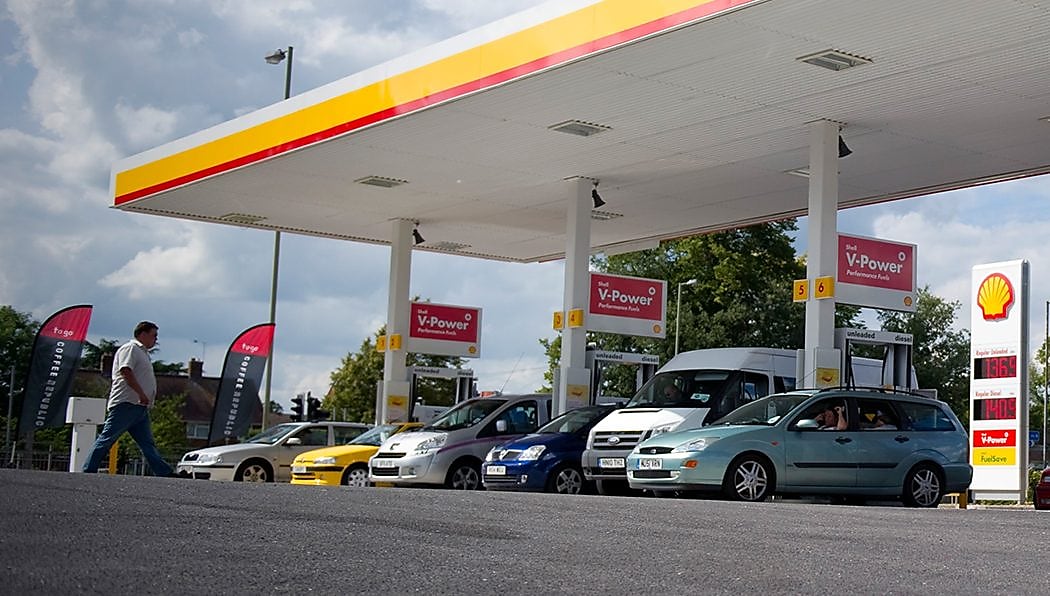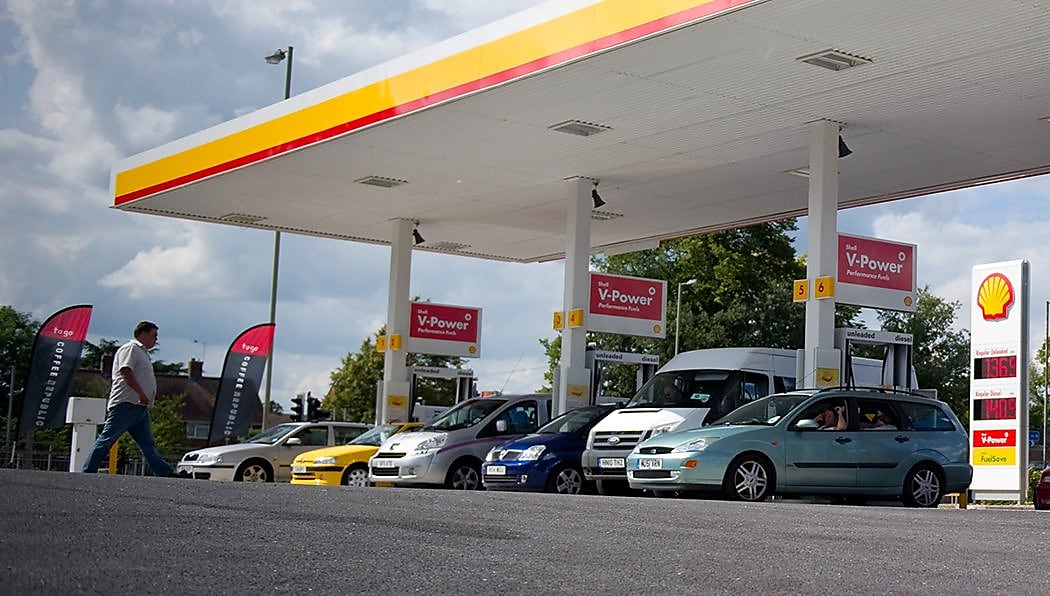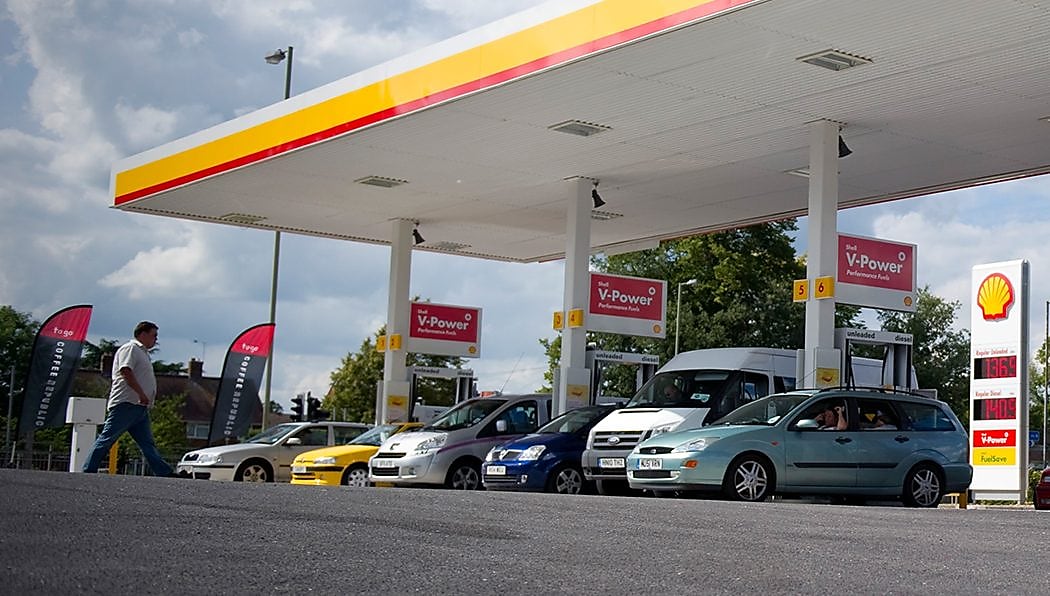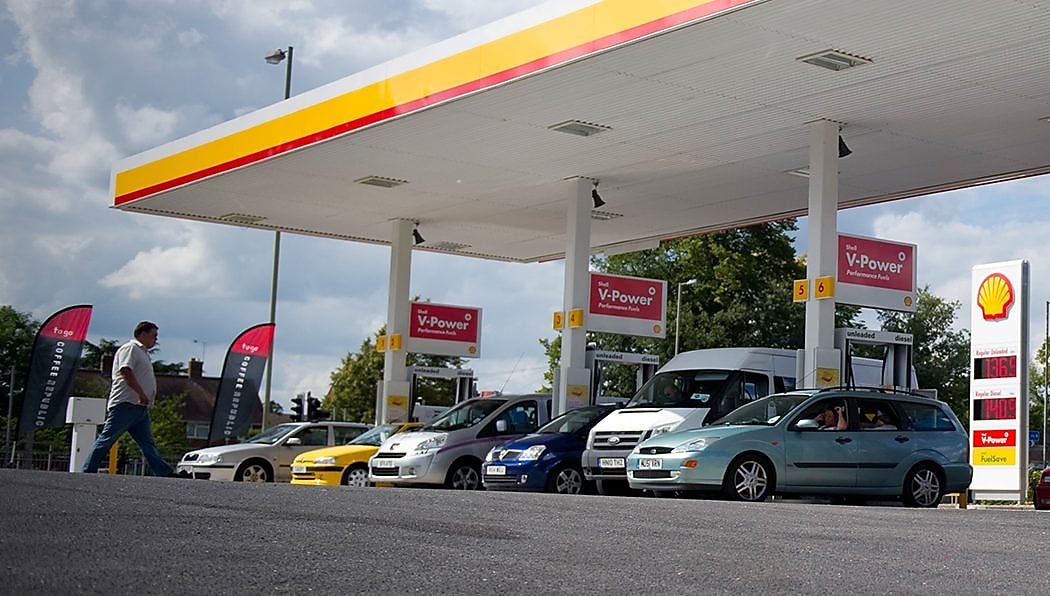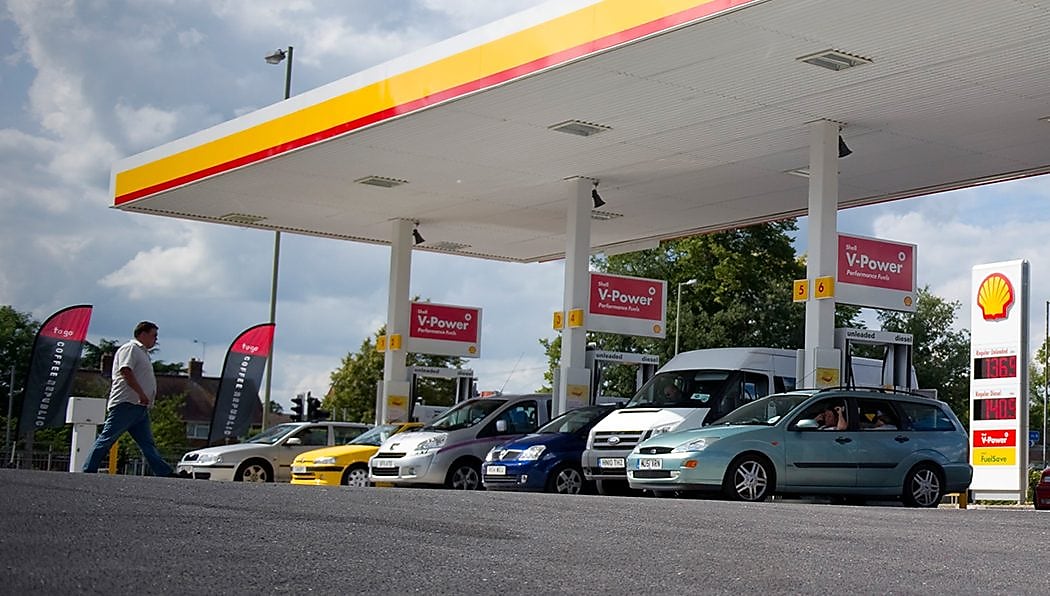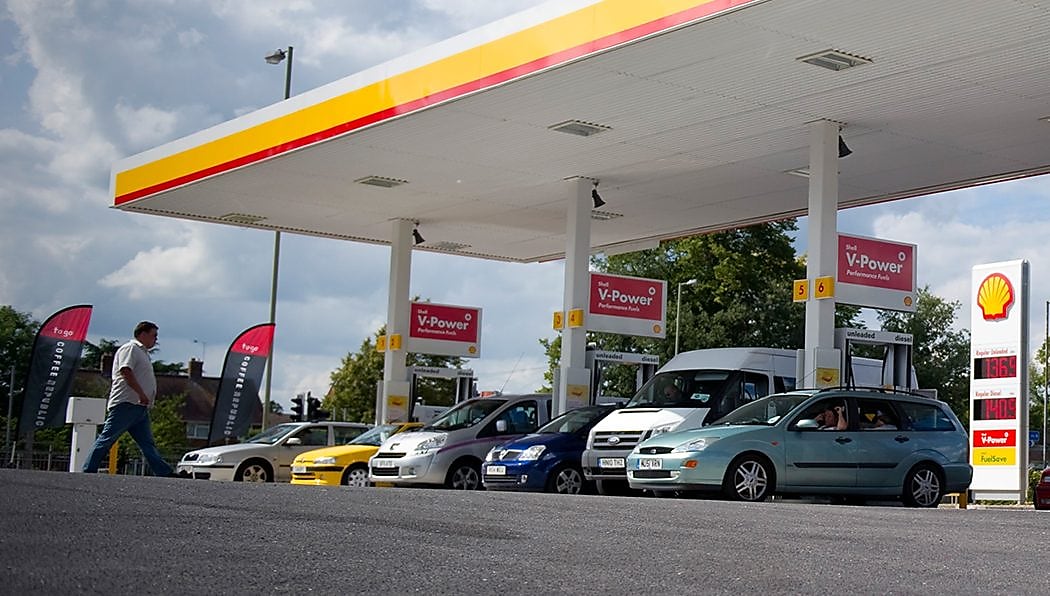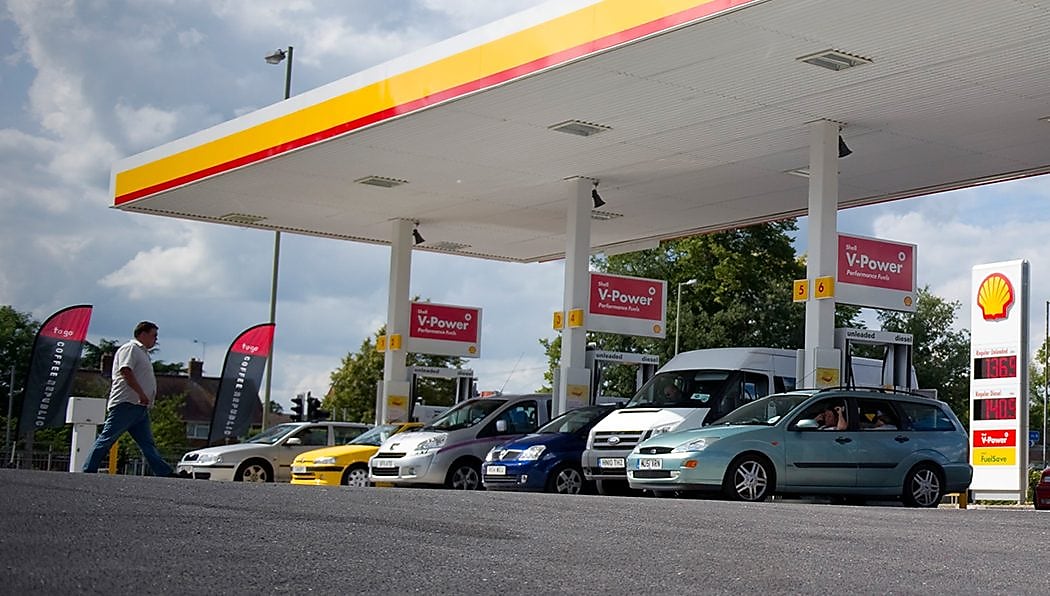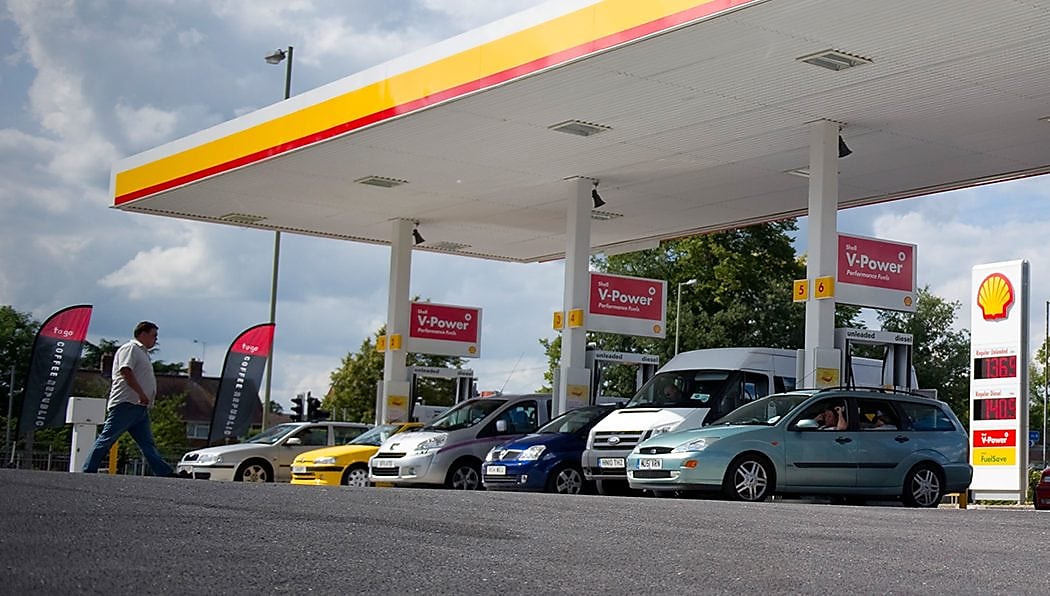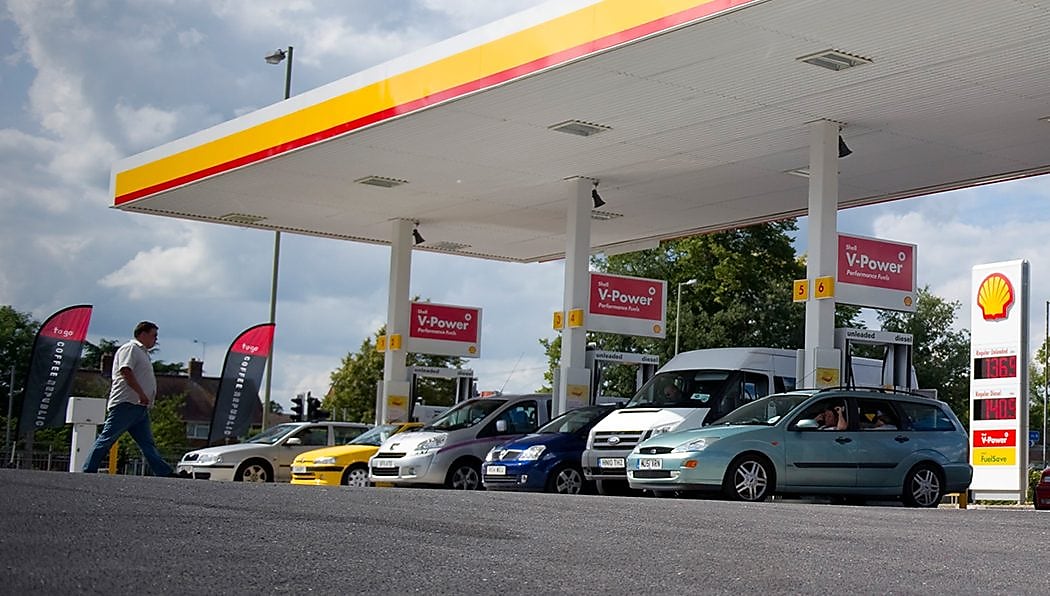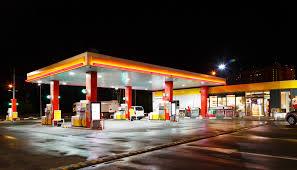Petrol Station Fire & Explosion Insurance: Managing Catastrophic Risks
Operating a petrol station involves managing one of the most significant catastrophic risks in commercial business: fire and explosion. The combination of highly flammable fuels, electrical equipment, and constant vehicle traffic creates a unique risk environment that demands specialized insurance coverage. Understanding and properly insuring against fire and explosion risks isn't just about regulatory compliance—it's about protecting your business, employees, customers, and the surrounding community from potentially devastating consequences.
Understanding Fire and Explosion Risks at Petrol Stations
Petrol stations face multiple fire and explosion hazards that can result in catastrophic losses. The primary risk stems from the storage and dispensing of petroleum products, which are highly volatile and can ignite under various conditions. Underground storage tanks, fuel dispensers, vapor recovery systems, and fuel delivery operations all present potential ignition sources.
Static electricity buildup during fuel transfer operations poses a significant risk, particularly during tanker deliveries and fuel dispensing. Equipment failures, such as faulty wiring, overheated pumps, or damaged fuel lines, can create ignition sources. Vehicle accidents involving fuel dispensers or underground tank areas can rupture fuel systems and create immediate fire hazards.
Environmental factors also contribute to fire and explosion risks. Lightning strikes, extreme temperatures, and nearby construction activities can all trigger catastrophic events. The confined nature of vapor spaces in underground tanks creates particular explosion risks when fuel vapors reach critical concentrations.
Types of Fire and Explosion Coverage
Comprehensive fire and explosion insurance for petrol stations typically includes several coverage components designed to address different aspects of catastrophic risk. Property damage coverage protects against direct fire damage to buildings, fuel dispensers, underground storage systems, and other station infrastructure. This coverage extends to specialized equipment such as vapor recovery systems, fuel monitoring equipment, and environmental protection systems.
Business interruption coverage becomes critical following fire or explosion events, as petrol stations may face extended closure periods for cleanup, investigation, and reconstruction. This coverage helps maintain cash flow during closure periods and covers ongoing expenses such as loan payments, utilities, and key employee salaries.
Third-party liability coverage protects against claims from neighboring properties, customers, or members of the public who may be injured or suffer property damage from fire or explosion events. This coverage is particularly important given the potential for fire and explosion events to affect areas beyond the immediate station premises.
Environmental liability coverage addresses the unique risks associated with fuel contamination following fire or explosion events. Fire suppression efforts, structural damage, and compromised containment systems can lead to significant environmental contamination requiring specialized cleanup and remediation.
Specialized Coverage Considerations
Emergency response coverage helps manage the immediate aftermath of fire or explosion events. This includes coverage for fire department services, hazardous material cleanup, emergency evacuation costs, and temporary security measures. Many policies also cover the cost of specialized fire suppression systems and equipment designed specifically for petroleum fires.
Equipment breakdown coverage protects against the failure of critical safety systems that could lead to fire or explosion events. This includes coverage for fire suppression systems, vapor recovery equipment, leak detection systems, and emergency shutdown devices. Regular maintenance and testing of these systems is often required to maintain coverage.
Contamination coverage addresses the unique challenges of fuel contamination following fire events. Fire suppression foam, water damage, and structural collapse can contaminate remaining fuel supplies, requiring disposal and replacement. This coverage helps manage the costs of fuel disposal, tank cleaning, and system decontamination.
Loss of license coverage protects against situations where fire or explosion events result in the suspension or revocation of operating licenses. Regulatory authorities may require extensive safety improvements or system upgrades before allowing operations to resume, creating extended closure periods beyond physical reconstruction timelines.
Risk Assessment and Prevention
Effective fire and explosion risk management begins with comprehensive risk assessment. This involves evaluating all potential ignition sources, fuel handling procedures, safety system effectiveness, and emergency response capabilities. Regular professional inspections of underground storage systems, fuel dispensers, and safety equipment help identify potential problems before they become catastrophic risks.
Vapor monitoring systems play a crucial role in preventing explosion events by detecting dangerous vapor concentrations before they reach critical levels. These systems should be regularly tested and maintained to ensure proper operation. Proper grounding and bonding of all fuel handling equipment helps prevent static electricity buildup during fuel transfer operations.
Employee training programs should cover fire prevention procedures, emergency response protocols, and proper fuel handling techniques. Regular fire drills and emergency response exercises help ensure staff can respond effectively to fire or explosion events. Maintenance of clear evacuation routes and emergency communication systems is essential for protecting employees and customers.
Hot work permit systems help control activities that could create ignition sources near fuel storage and dispensing areas. This includes welding, cutting, grinding, and other activities that produce sparks or heat. Proper permit procedures ensure adequate safety precautions are in place before any hot work begins.
Regulatory Compliance and Safety Standards
Petrol stations must comply with numerous fire safety regulations and standards designed to prevent catastrophic events. The Petroleum (Consolidation) Regulations 2014 establish requirements for fuel storage, handling, and dispensing operations. These regulations specify design standards for underground storage systems, vapor recovery requirements, and safety equipment specifications.
Local fire authorities often impose additional requirements for fire suppression systems, emergency access routes, and safety equipment maintenance. Building regulations may specify construction standards for fuel storage areas, electrical installations, and fire separation requirements. Environmental regulations address spill prevention, containment systems, and emergency response procedures.
Insurance providers typically require compliance with relevant safety standards as a condition of coverage. This includes regular inspection and maintenance of safety systems, proper employee training, and adherence to operational procedures designed to minimize fire and explosion risks. Documentation of compliance activities is often required to maintain coverage and support claims.
Claims Management and Recovery
Fire and explosion claims at petrol stations often involve complex investigations to determine cause and extent of damage. Insurance providers typically engage specialized investigators familiar with petroleum facility operations and fire dynamics. Prompt notification of incidents is crucial for effective claims management and may be required to maintain coverage.
Emergency response procedures should include immediate notification of insurance providers and emergency services. Securing the incident scene and preserving evidence is important for claims investigation while ensuring public safety remains the primary concern. Documentation of the incident, including photographs, witness statements, and operational records, supports the claims process.
Business interruption claims require careful documentation of lost revenue, ongoing expenses, and recovery timelines. This includes maintaining records of typical business volumes, seasonal variations, and market conditions that may affect recovery projections. Working with experienced claims adjusters familiar with petrol station operations helps ensure fair and prompt settlement.
Environmental claims may involve long-term monitoring and remediation activities extending well beyond initial cleanup efforts. Coordination with environmental consultants, regulatory authorities, and specialized contractors is often necessary to manage these complex claims effectively.
Cost Factors and Premium Considerations
Fire and explosion insurance premiums for petrol stations reflect the significant catastrophic risks involved in petroleum operations. Factors affecting premium costs include location characteristics, such as proximity to fire services, surrounding development density, and local weather patterns. Urban locations may face higher premiums due to increased exposure to third-party liability claims.
Station design and safety features significantly impact premium costs. Modern facilities with comprehensive fire suppression systems, vapor monitoring equipment, and advanced leak detection systems typically qualify for premium reductions. Underground storage system age and condition also affect pricing, with newer systems meeting current safety standards receiving more favorable rates.
Operational factors such as fuel volume, delivery frequency, and hours of operation influence risk exposure and premium costs. Stations with higher fuel volumes or extended operating hours face increased exposure to fire and explosion risks. Proper maintenance programs and safety training can help offset these risk factors.
Claims history plays a significant role in premium determination. Stations with previous fire or explosion incidents may face higher premiums or coverage restrictions. Conversely, facilities with strong safety records and comprehensive risk management programs may qualify for premium discounts and enhanced coverage options.
Emerging Risks and Future Considerations
The evolving energy landscape presents new fire and explosion risks for petrol stations. Electric vehicle charging stations introduce different electrical hazards and fire risks that require specialized coverage considerations. Alternative fuel systems, such as compressed natural gas or hydrogen, present unique explosion risks requiring specialized insurance approaches.
Climate change impacts, including increased frequency of extreme weather events, may affect fire and explosion risks at petrol stations. Higher temperatures, drought conditions, and severe storms can all contribute to increased fire risks. Insurance providers are increasingly considering climate-related factors in risk assessment and pricing.
Technological advances in safety systems offer opportunities for improved risk management and potentially reduced insurance costs. Advanced monitoring systems, automated emergency response equipment, and improved fire suppression technologies can help prevent catastrophic events and minimize damage when incidents occur.
Regulatory changes may introduce new safety requirements or modify existing standards for petrol station operations. Staying current with regulatory developments and maintaining compliance helps ensure continued insurance coverage and may provide opportunities for premium reductions through enhanced safety measures.
Choosing the Right Insurance Provider
Selecting appropriate fire and explosion insurance requires working with providers experienced in petrol station risks. Look for insurers with specialized knowledge of petroleum facility operations, strong claims handling capabilities, and comprehensive coverage options designed for catastrophic risks. The provider should offer risk management support services and access to specialized safety consultants.
Coverage limits should reflect the potential magnitude of fire and explosion losses, including property damage, business interruption, environmental cleanup, and third-party liability exposures. Consider the potential for cascading effects where initial fire or explosion events lead to extended business interruption, regulatory issues, or environmental contamination.
Policy terms and conditions should be carefully reviewed to understand coverage triggers, exclusions, and claim procedures. Some policies may exclude certain types of explosion events or limit coverage for specific operational activities. Understanding these limitations helps ensure adequate protection and proper risk management.
Regular policy reviews help ensure coverage remains appropriate as operations change and risks evolve. This includes evaluating coverage limits, updating property valuations, and assessing new risk exposures from operational changes or regulatory developments.
Conclusion
Fire and explosion insurance represents a critical component of risk management for petrol station operators. The catastrophic nature of these risks demands comprehensive coverage, proactive risk management, and ongoing attention to safety procedures and regulatory compliance. While the costs of adequate insurance coverage may seem significant, they pale in comparison to the potential losses from uninsured catastrophic events.
Effective management of fire and explosion risks requires a comprehensive approach combining appropriate insurance coverage, robust safety systems, proper maintenance procedures, and ongoing employee training. Regular risk assessments and policy reviews help ensure protection remains adequate as operations evolve and new risks emerge.
The investment in comprehensive fire and explosion insurance and risk management provides peace of mind and financial protection against potentially devastating losses. For petrol station operators, this coverage isn't just about protecting physical assets—it's about ensuring business continuity, protecting employees and customers, and maintaining the ability to serve the community safely and effectively.
Working with experienced insurance professionals who understand the unique challenges of petrol station operations helps ensure adequate protection against fire and explosion risks. This partnership approach to risk management provides the foundation for safe, successful, and sustainable petrol station operations.
For expert guidance on petrol station fire and explosion insurance, contact Insure24 at 0330 127 2333 or visit www.insure24.co.uk to discuss your specific coverage needs and risk management requirements.


 0330 127 2333
0330 127 2333
